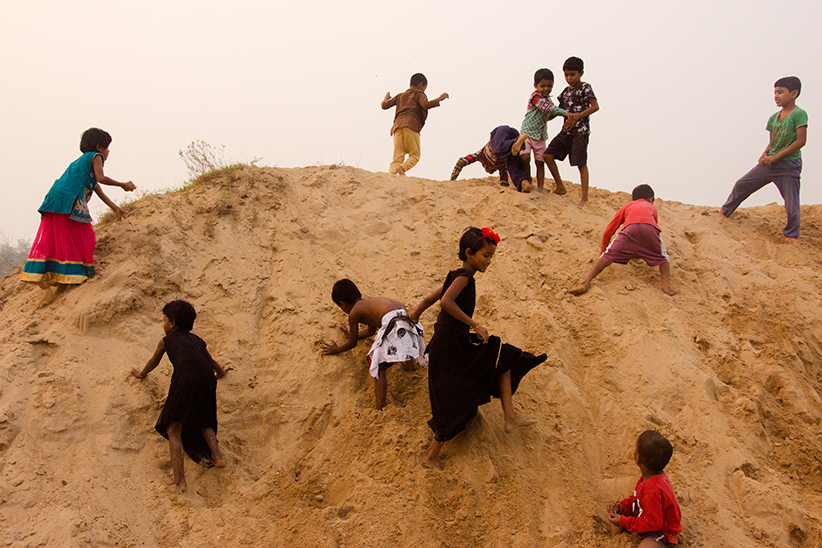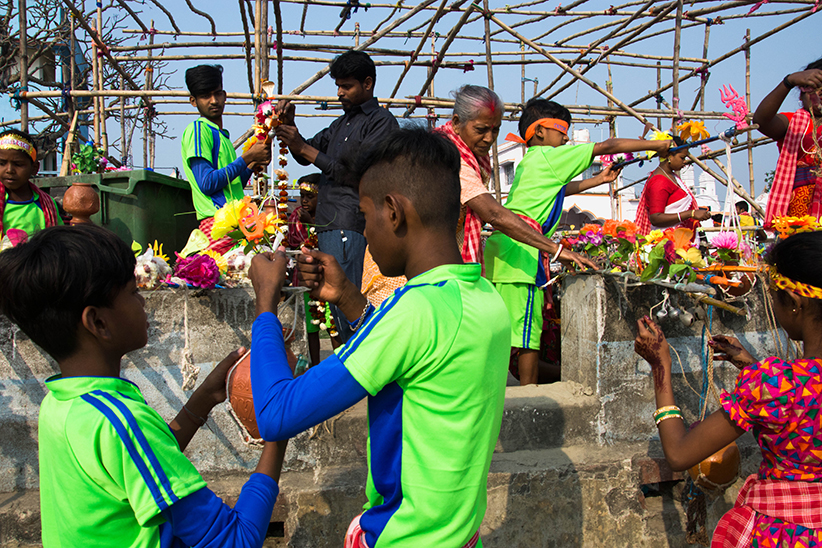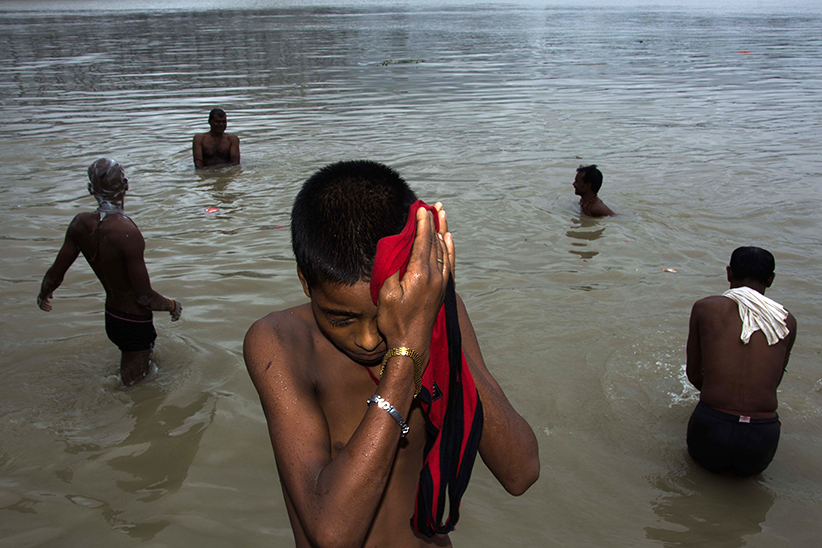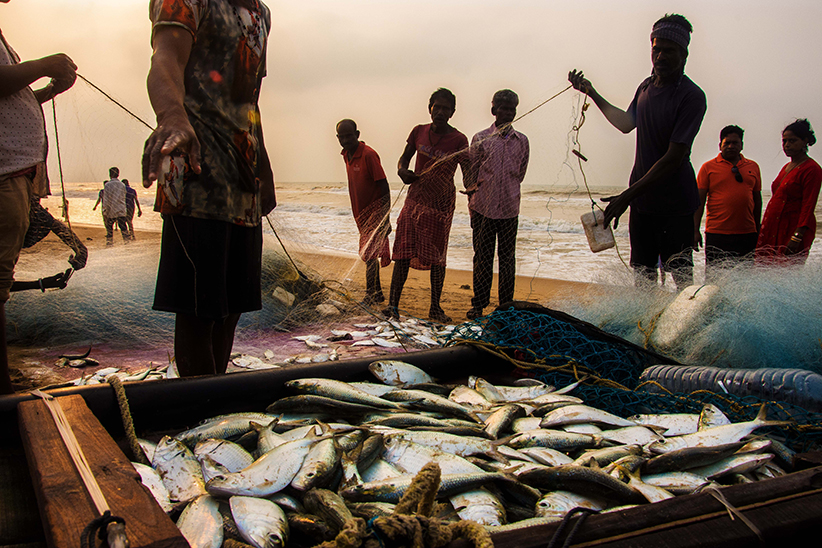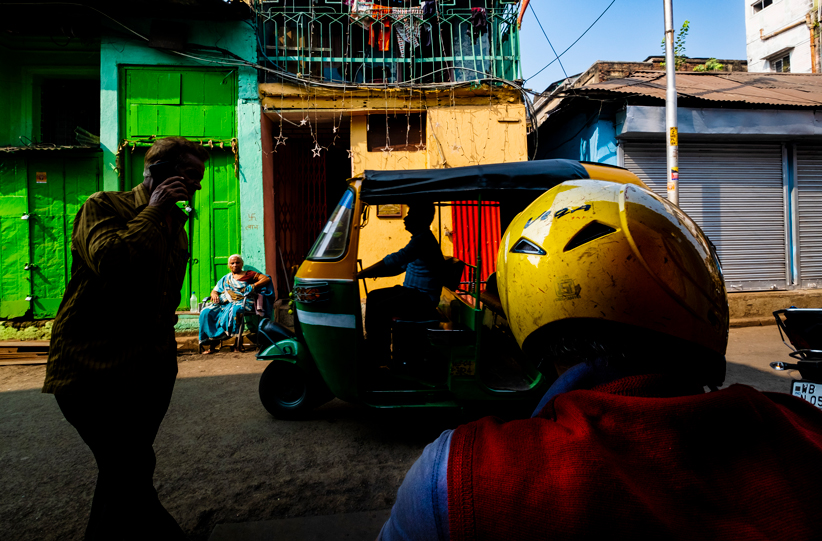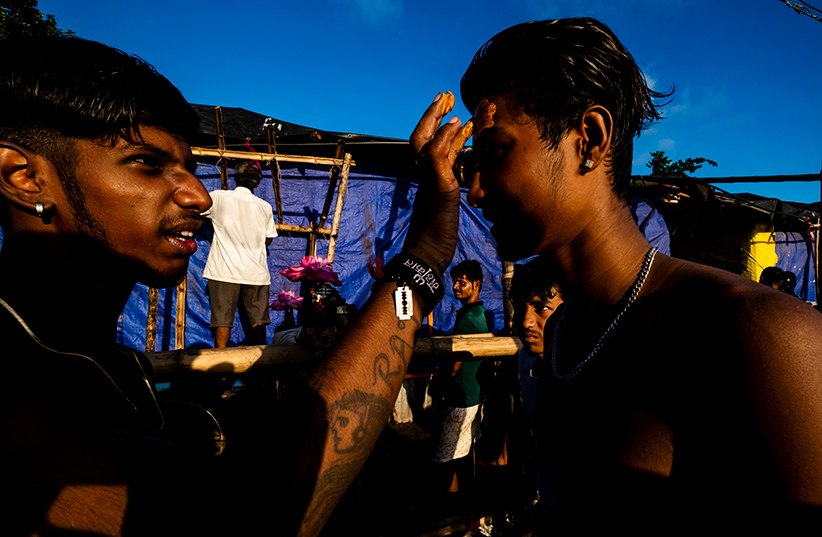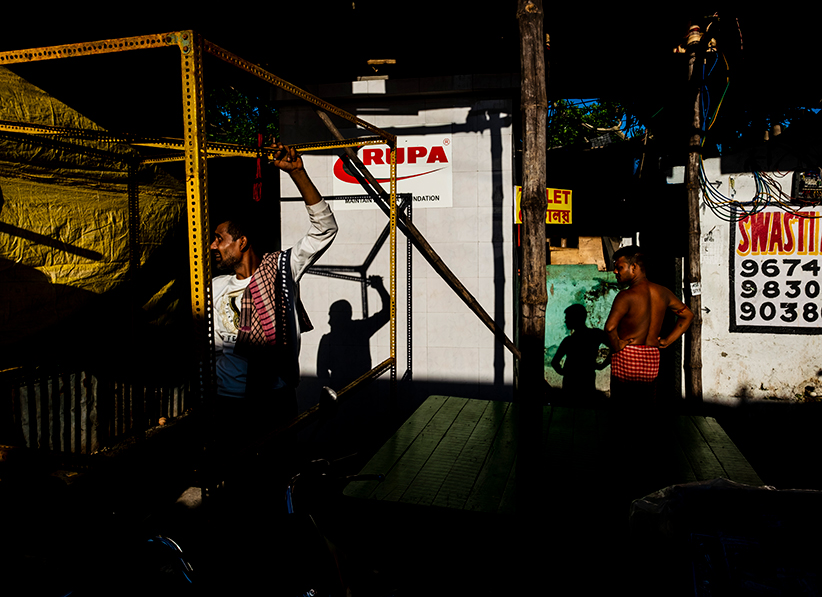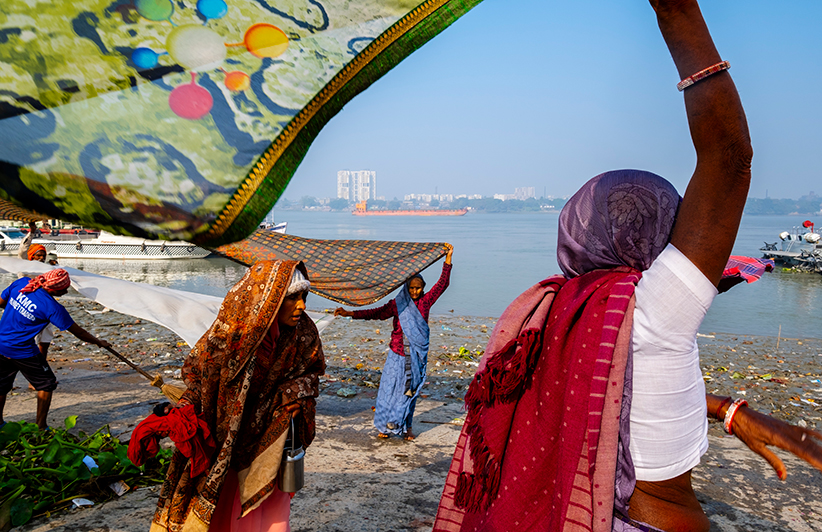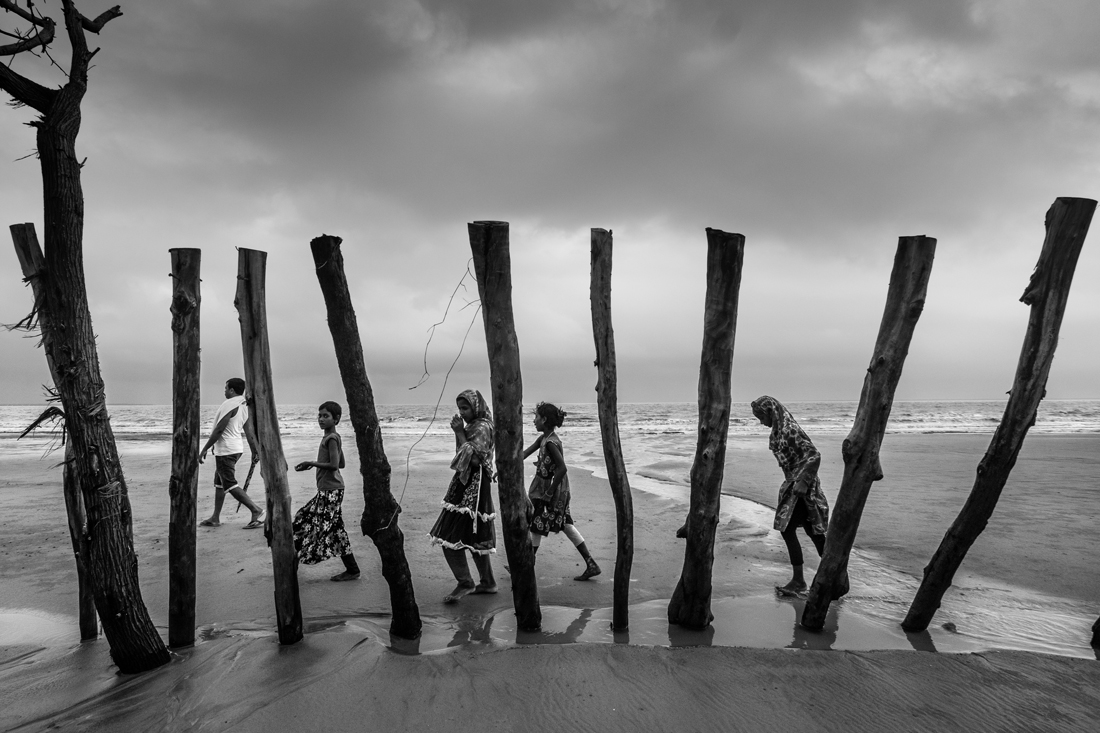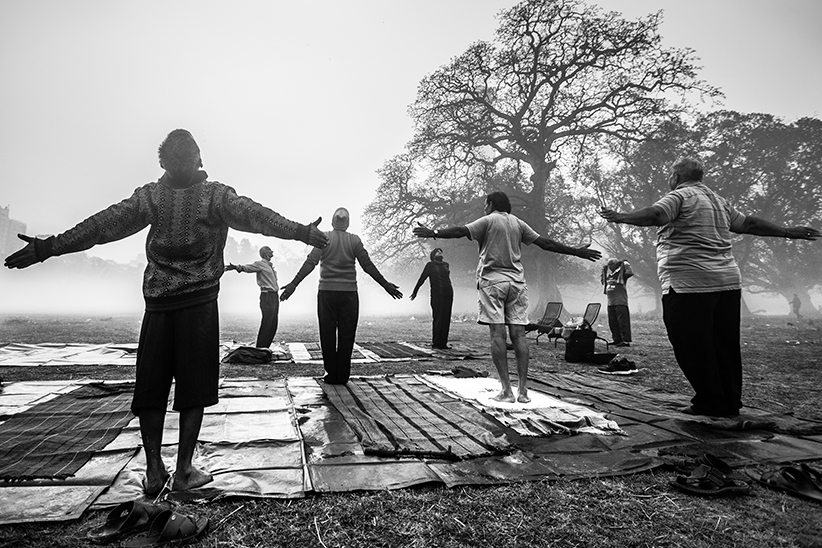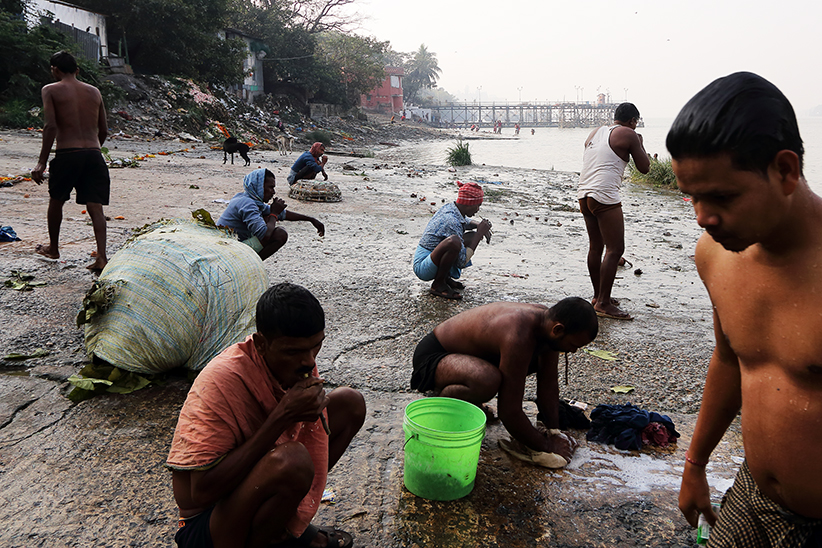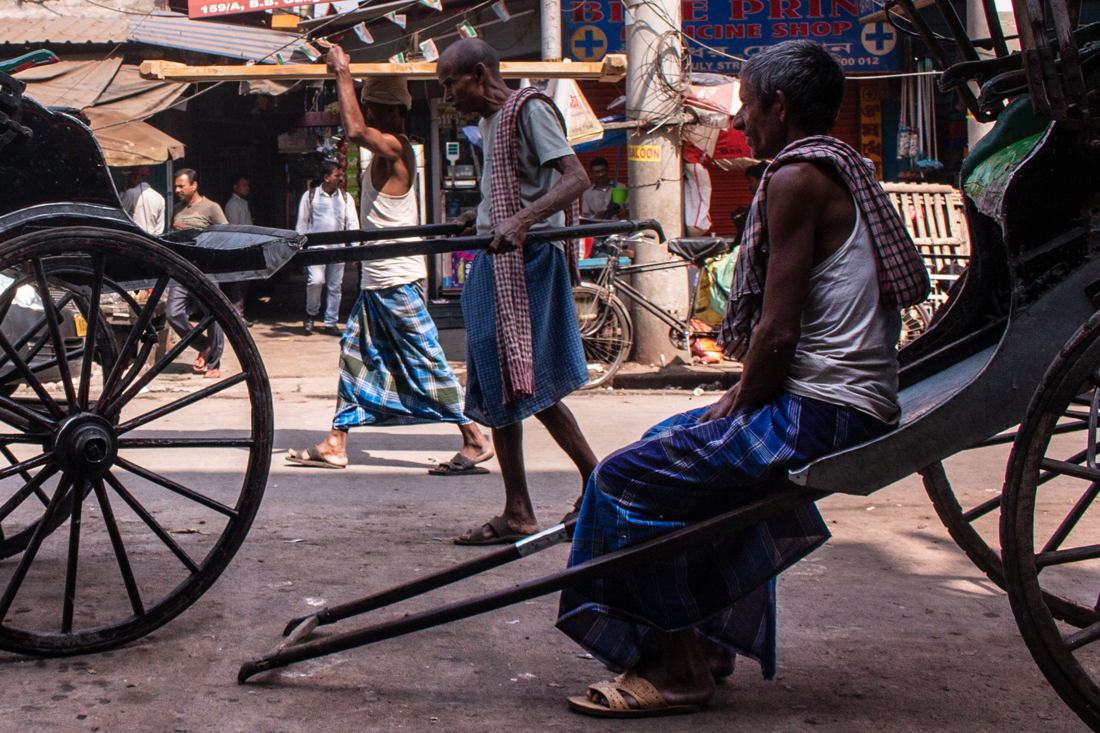Capturing the Layers on the Streets
If we think of our lives like a plain paper, we get constrained to the flat surface and does not allow us to take a dip into the depth of the emotions, happenings and coronaries of life. Life has different moulds at different time and when it’s depicted through a novel or story it gets the third dimension.
Street photography as a genre, is like depicting a specific time, the people of that time, the emotions, and the actions of that particular time through the lenses. It becomes a historical evidence over a period of time for a particular place or people.
The challenge for the photographers to bring in the third dimension to a photograph which is generally viewed through its two dimensions. There are several composition tools that have emerged over a period of time that give a photograph its life and make it eternal.
Photographer: Joy Prakash Das
Layers In Street
When we are on the streets, we look around for interesting subject and try to capture it to the best way possible. A photographer with better vision, looks at the same scene with some more elements into it. She also looks what’s going around and also behind the subject, and therefore, uses his mind to compose the frame with more depth and multiple elements. Thus comes the question of Layers.
Layers as a Composition tool
Layers in street photography calls for three basic division in the frame; a strong foreground, a mid ground and a background which should ideally be distinctive and some how connected to generate a story around the elements. It enables, rather forces the viewer to move her eye across all corners of the frame searching for different stories. However, Layering in itself doesn’t make a good photo, but it can add to a photo to make it better.
Photographer: Goutam Maiti
Getting things right
Though there are no specific guidelines of shooting layers, yet over a period of time, the brilliant works the stalwarts have given us some of the shooting techniques that make the guiding principles for shooting Layers.
- Getting close to the foreground subject: The more closer one gets to the foreground subject, keeping rest of the layers in the frame, the layers become more prominent and brings out a 3 dimensional impression. It gives the scale to the elements and gets the viewer into the scene.
- A strong foreground: A layered shot without a strong foreground diverts the attention of the viewer. A strong foreground element gets the viewer up and close to the scene.
- Need of a Primary subject: Its always essential to find a primary subject and weave the story around the primary subject with other elements and characters at different plane.
- Fill the Frame but avoid the clutter: While filling up the frame with different subjects or elements enables the viewer’s eye move around, thus creates a greater impact, it is also equally important to avoid clutter and overlap the elements so that the viewer does not get messed up in separating the subjects and the story.
- Action is essential: Something definitely needs to be happening in either of the grounds or in all the planes. A static layer does not make much impact in the viewer’s mind.
- Where to Focus? While its more on the photographer’s choice on where to focus, however, in order to make a better impact and also to distinctively portray whats happening on the different grounds, its better to focus on the midgroud so that both the foreground and the Background also gets in some kind of focus.
- What to shoot: Colour or Monochrome? It’s primarily the choice of the photographer on whether to shoot in color or in Monochrome. But colors always help in separating the layers and the subjects better than Black and white.
- Are Gears important? The more you want to get closer to the subjects without making them aware of your action, it is equally important to hide yourself or your gears to capture the spontaneity. Hence, a smaller camera is always a better choice. Further, while shooting the moments on street and capturing the decisive moments, it’s always better to have a camera and lens with better focusing speed and accuracy.
Finally, studying photographs of the masters in this field help immensely to understand the vision, perspective, angles, aptitudes that gets reflected in the work of arts of the masters. Works of Alex Webb, Constantine Manos, Vineet Vohra, Rohit Vohra, Maciej Dakowicz, SwapnilJedhe, shall always help in understanding more about street photography and layers in particular.
Photographer: Santanu Roy

